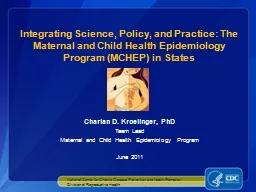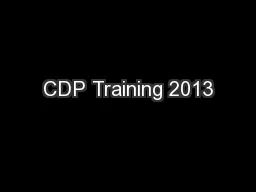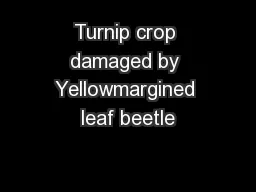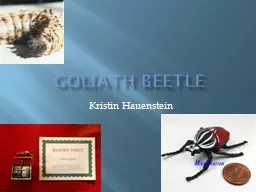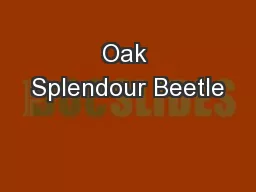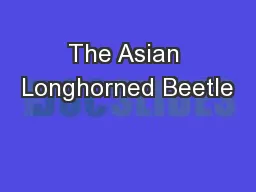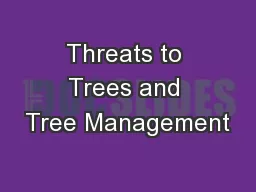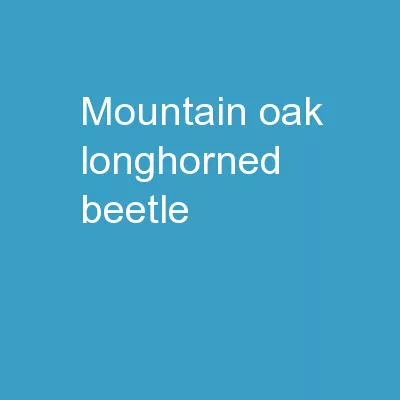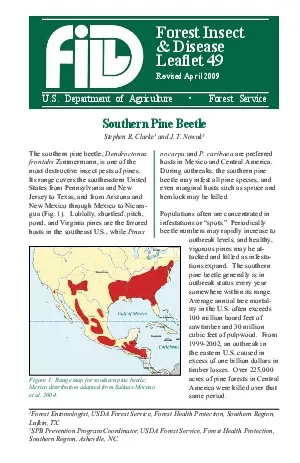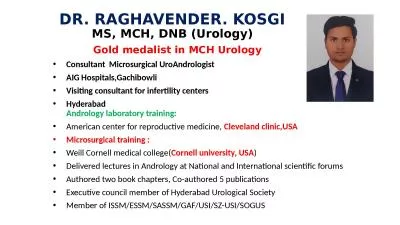PDF-Using MCH ReleasersProtect Trees from Douglasfir Beetle
Author : willow | Published Date : 2022-08-30
UNITED STATES DEPARTMENT OF AGRICULTURE FOREST SERVICE NORTHERN AND INTERMOUNTAIN REGION When to Apply MCH Bubble capsules should be applied before beetle flight
Presentation Embed Code
Download Presentation
Download Presentation The PPT/PDF document "Using MCH ReleasersProtect Trees from Do..." is the property of its rightful owner. Permission is granted to download and print the materials on this website for personal, non-commercial use only, and to display it on your personal computer provided you do not modify the materials and that you retain all copyright notices contained in the materials. By downloading content from our website, you accept the terms of this agreement.
Using MCH ReleasersProtect Trees from Douglasfir Beetle: Transcript
Download Rules Of Document
"Using MCH ReleasersProtect Trees from Douglasfir Beetle"The content belongs to its owner. You may download and print it for personal use, without modification, and keep all copyright notices. By downloading, you agree to these terms.
Related Documents


